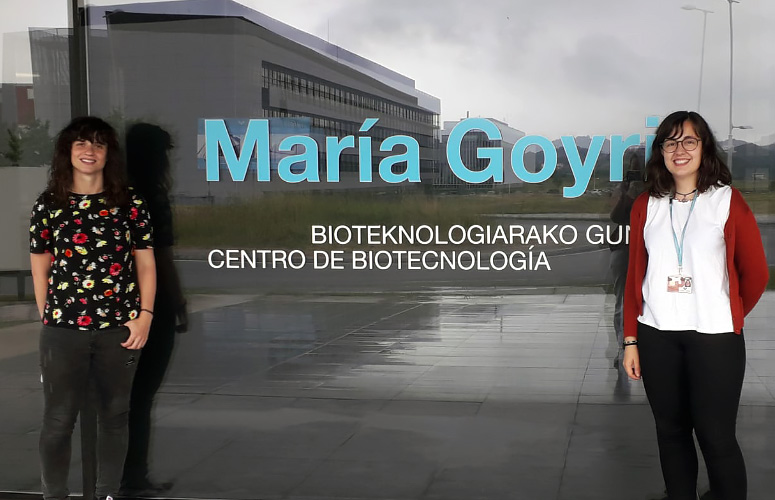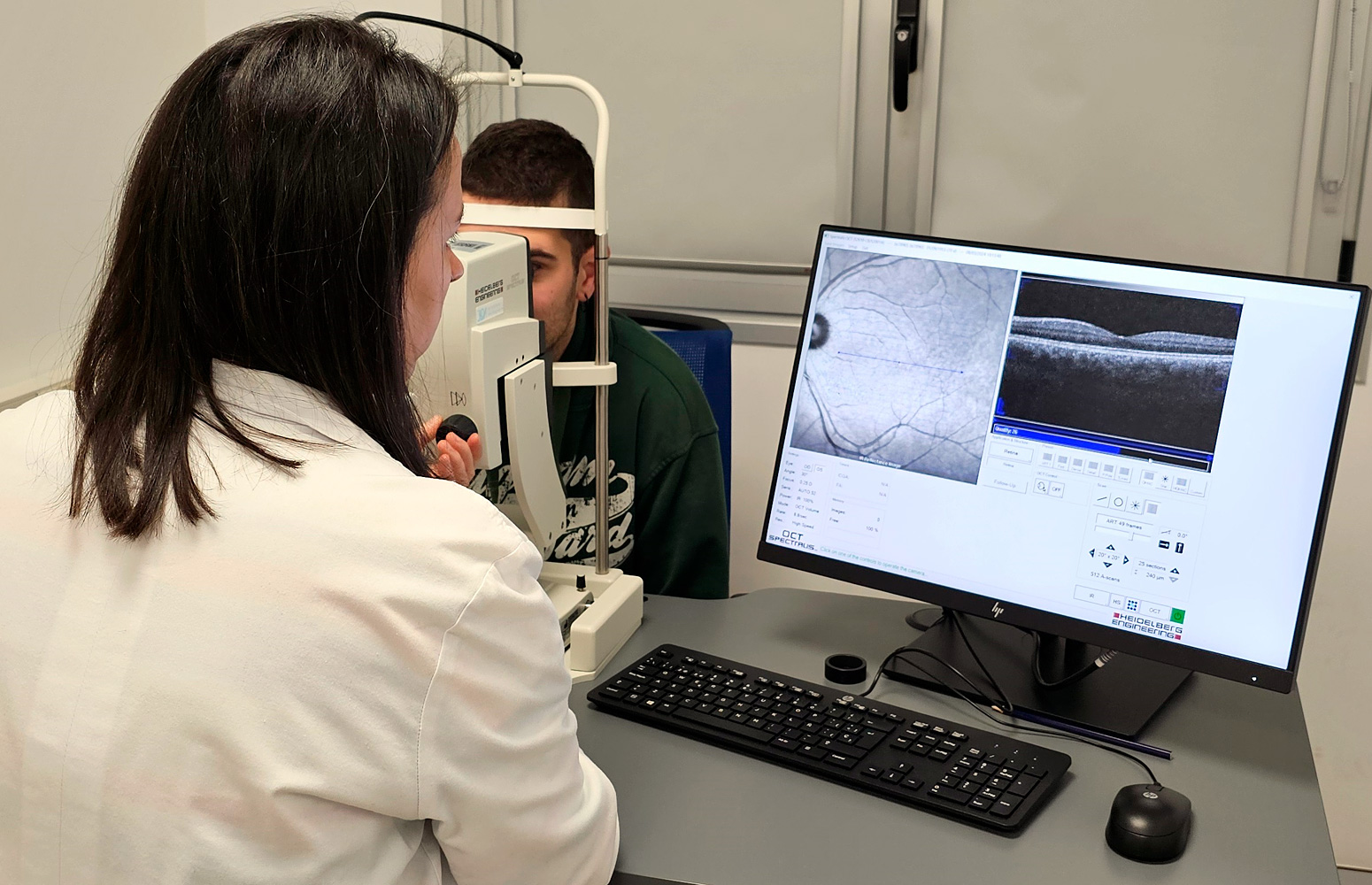Non-invasive method for diagnosing celiac disease
Researchers from the UPV/EHU-University of the Basque Country and Ikerbasque develop a method for diagnosing celiac disease by means of saliva
- Research
First publication date: 24/06/2021

Celiac disease is a complex, autoimmune disorder that affects genetically susceptible individuals. It is estimated that 1% of the population suffer from this disease. To be able to diagnose celiac disease it is necessary at present to carry out an endoscopy, a test that is not only highly unpleasant, but also costly and in some cases unnecessary. Patients with symptoms of celiac disease undergo an endoscopy, but the symptoms, such as stomach pain, weight loss or anaemia, are very common, and are similar to those of other disorders of the digestive system. In turn, the genetic variant conferring an increased risk of developing celiac disease is present in a high percentage of the healthy population. So many non-celiac patients with symptoms and who are at a genetic risk are needlessly subjected to an endoscopy.
In collaboration with the Biodonostia and Biocruces Institutes and the Txagorritxu and Galdakao Hospitals, researchers from Ikerbasque and the UPV/EHU have now developed a non-invasive method to help diagnose celiac disease and which uses saliva. This research has shown that it is possible to considerably reduce the number of endoscopies, which are currently carried out via a non-invasive method of diagnosis.
This was the procedure they followed: firstly, they confirmed that the same inflammation seen in the intestine of celiac patients could be detected in saliva. The inflammation was then quantified in saliva samples from celiac and control patients. These saliva samples were also tested for the genetic risk of developing celiac disease. With these data on inflammation and genetic risk, a predictive formula was developed. The predictive capacity of this model was subjected to a blind test involving 100 saliva samples, and that resulted in a 73% success rate. In addition, the predictive model displayed a sensitivity of 91%, signifying a 91% success rate among people with celiac disease.
Ainara Castellanos, the lead researcher of the study, and Maialen Sebatian, a pre-doctoral student, consider that the method they have developed "is very useful for screening patients with suspected celiac disease before endoscopy is carried out". They also recognised that, despite the good results obtained with their prediction model, it is not 100% accurate, which means that the current traditional diagnostic method cannot be totally ruled out. So the authors of this study propose that only those individuals predicted by this model to have celiac disease should undergo an endoscopy, which would considerably reduce the number of endoscopies currently performed.
They also showed that the same saliva sample can also be used to test for the genetic risk of the disease, so it could also offer a non-invasive alternative to genetic testing using blood samples, given that the collecting of saliva samples is more convenient than blood collection.
Further information
The lead researcher was the Ikerbasque researcher Ainara Castellanos-Rubio from the UPV/EHU's Department of Genetics, Physical Anthropology and Animal Physiology, and the lead author, Maialen Sebatian, a pre-doctoral student in the same department.
Bibliographic reference
- A novel non-invasive method based on salivary inflammatory biomarkers for the screening of celiac disease. Non-invasive diagnosis for celiac disease
- Cellular and Molecular Gastroenterology and Hepatology (2021)
- DOI: 10.1016/j.jcmgh.2021.05.016




